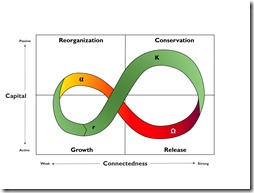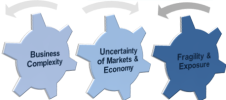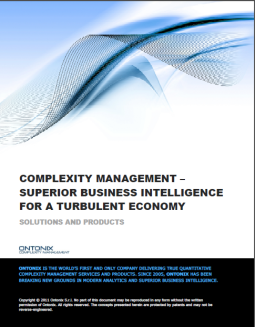Innovation: the difference between organisational agility or fragility
Monday, 13 June, 2011 Leave a comment
Seth Godin is “on the money” yet again but I would contend that, if it is the most adaptable that survive and thrive, then each are key elements (or “phases”) that, harnessed and applied, drive innovation in an agile, dynamic, system…
Organization vs. movement vs. philosophy
An organisation uses structure and resources and power to make things happen. Organisations hire people, issue policies, buy things, erect buildings, earn market share and get things done.
Your company is probably an organisation.
A movement has an emotional heart. A movement might use an organisation, but it can replace systems and people if they disappear. Movements are more likely to cause widespread change, and they require leaders, not managers.
The internet, it turns out, is a movement, and every time someone tries to own it, they fail.
A philosophy can survive things that might wipe out a movement and that would decimate an organisation. A philosophy can skip a generation or two. It is often interpreted, and is more likely to break into autonomous groups, to morph and split and then reunite.
Industrialism was a philosophy.
The trouble kicks in when you think you have one and you actually have the other.
 Feel free to fit: philosophy; movement; organisation, as you see fit, to this infographic of the “Panarchic Cycle”
Feel free to fit: philosophy; movement; organisation, as you see fit, to this infographic of the “Panarchic Cycle”
The bewildering, entrancing, unpredictable nature of Nature and people, the richness, diversity and changeability of life come from that evolutionary dance generated by cycles of growth, collapse, reorganization, renewal and re-establishment. We call that the adaptive cycle.











